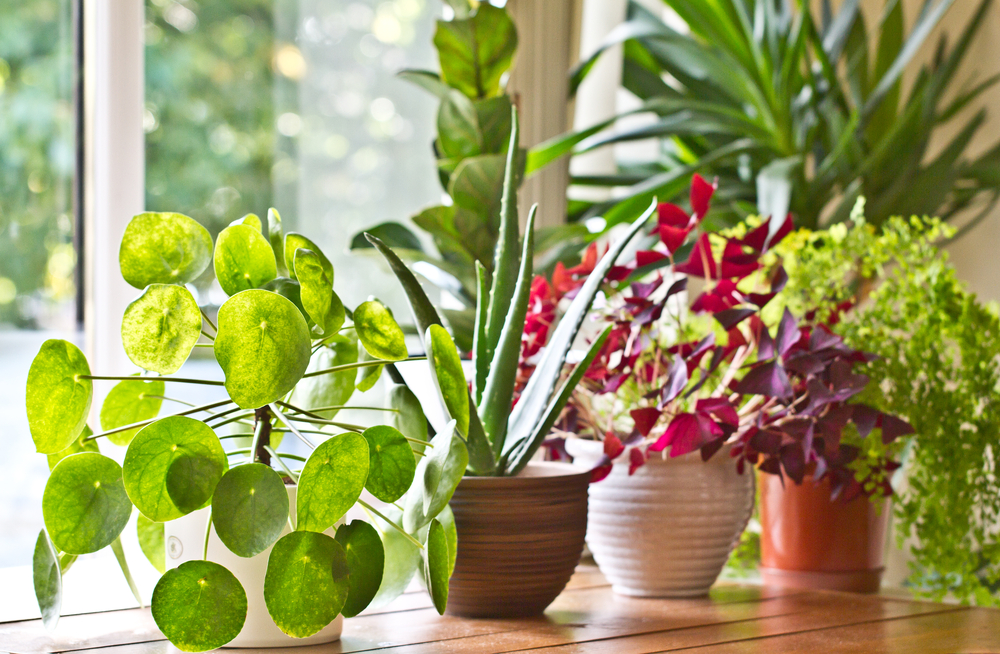Urban living often comes with a blend of vibrant lifestyles and the constant hustle of city life. However, urban dwellers frequently encounter increased stress levels and indoor air quality concerns due to limited exposure to nature. Enter indoor greenery—the unsung hero that has gained prominence for its ability to enhance mental well-being and provide cleaner, fresher air within our homes.
Whether you’re health-conscious, a city dweller, or a passionate plant lover, indoor greenery offers a refreshing way to improve your quality of life. This blog explores how indoor plants reduce stress, improve air quality, and why you should consider adding them to your living space.
How Indoor Greenery Reduces Stress
1. Brings Nature Indoors
Psychologists have long observed the positive psychological effects of nature on humans, a phenomenon often referred to as “biophilia.” Indoor greenery allows you to bring elements of the natural world into your home, creating a calming environment.
Whether it’s a lush Monstera sitting in your living room or climbing ivy along your study wall, plants provide the same visual and mental reprieve that a walk in the park might offer—right in the comfort of your home.
2. Enhances Mood
Studies show that being around greenery can increase dopamine levels, improving your mood and reducing anxiety. Potted plants, hanging ferns, or even a small succulent on your workspace can create a sense of accomplishment and serenity.
Plants also encourage mindfulness—a trait closely linked to reduced stress levels. Caring for plants, such as watering or pruning, provides moments of quiet reflection amidst our busy lives.
3. Boosts Productivity in Home Workspaces
Many urban dwellers carve out workspaces within their homes, but stress from work can seem unavoidable. Adding plants to your desk can enhance focus, energy, and even productivity levels. A study by the University of Exeter revealed that offices with plants enhanced employee productivity by 15%. Imagine the impact a small desktop pothos or soothing snake plant could have in your workspace.
Improving Indoor Air Quality With Plants
1. Natural Air Purifiers
Indoor plants not only contribute to better mental health but are also incredibly effective at cleaning indoor air. NASA’s Clean Air Study highlighted several indoor plants, such as the peace lily, spider plant, and Boston fern, for their ability to filter harmful toxins like benzene, formaldehyde, and trichloroethylene.
Thanks to their natural filtering ability, a few strategically placed plants can significantly improve the air quality of confined spaces, creating a healthier indoor environment.
2. Humidity Regulation
Certain plants, like areca palms and rubber plants, release moisture into the air, which helps maintain optimal indoor humidity levels. This natural humidifying feature can make your living spaces more comfortable, while also benefiting your skin and respiratory health.
3. Absorbing Carbon Dioxide and Releasing Oxygen
Plants not only remove toxins but also enhance oxygen levels in the air, especially in small, poorly ventilated urban apartments. A room filled with plants like snake plants or aloe vera feels fresher and livelier, making it a sanctuary to recharge.
Simple Steps to Incorporate Indoor Greenery Into Your Life
Not sure where to begin? Start small by selecting low-maintenance plants such as pothos or spider plants, which thrive in varied conditions. You can expand with larger statement plants like fiddle-leaf figs or parlor palms to make your interiors more vibrant and inviting.
Wondering where to find the perfect plants? Consider exploring a trusted plant nursery in Salt Lake City for expert advice and access to a diverse range of high-quality, locally grown greenery. From succulents to air-purifying ferns, this locally renowned destination offers something for everyone.
Why Indoor Greenery is a Growing Trend
Indoor plants have moved beyond being a mere decorative element; they’re now a lifestyle statement. Plant enthusiasts are tapping into the therapeutic aspects of growing and interacting with plants, and urban dwellers are finding solace in greenery, especially in small apartments or enclosed office spaces.
Additionally, indoor greenery fits seamlessly into sustainable living practices. Caring for plants can inspire environmentally friendly habits, like composting or using natural, chemical-free fertilizers.
Final Thoughts
By bringing living greenery into their homes, urban dwellers, health-conscious individuals, and plant enthusiasts alike can enjoy the incredible stress-reducing and air-quality-improving benefits that indoor plants provide.
What’s stopping you from curating your indoor jungle? The mental and physical health rewards delivered by greenery far outweigh the investment of time and care—and with abundant resources available, including local nurseries and online guides, it has never been easier to take your first step toward a greener, healthier lifestyle.

